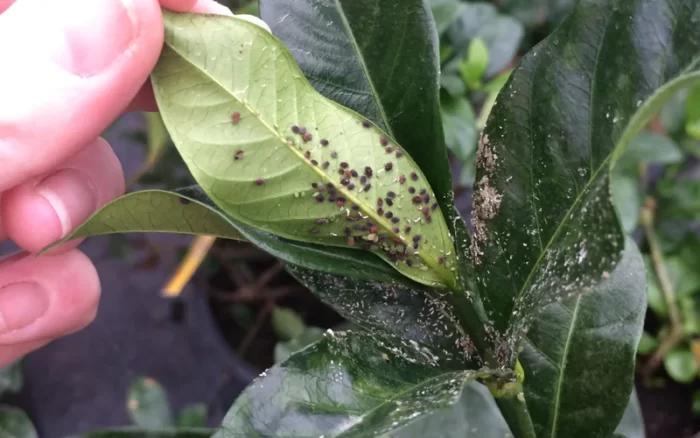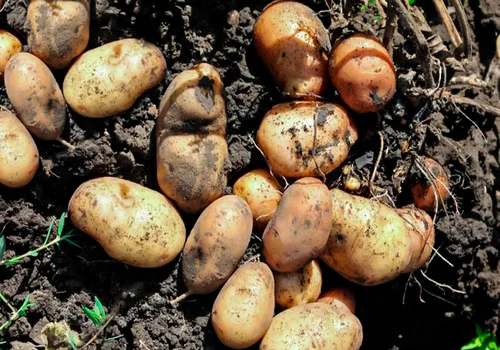Springtime brings a renewed sense of life to our gardens, as trees and plants begin to bloom. As a gardening enthusiast, I would like to share some essential tips on how to care for your fruit trees and deal with common pests that might harm your plants, such as aphids. Although I wasn’t planning on continuing to make these gardening guides, many of you encouraged me to keep going, so I’m here to provide useful information to keep your garden healthy.
Fruit Tree Blooming in Spring
At this time of year, most fruit trees, like almonds and apples, have already finished blooming. However, citrus trees are still in bloom, and it’s crucial to understand that the small fruit that forms during this period needs to be carefully monitored for any pest issues.
For example, you might notice small apples forming on the trees. These young fruits are currently free from pests, and the tree’s growth is clean and healthy. However, this condition won’t last long. Soon, one of the most common pests, the aphid, will begin to spread across your trees.
Aphids and Ants: A Harmful Duo
Aphids are tiny pests that are particularly attracted to the tender, new growth at the tops of trees. One of the first signs of an aphid infestation is the presence of ants. You might see ants climbing up your tree branches. This is a strong indicator of aphids, as ants and aphids have a symbiotic relationship. The ants carry the aphids to the tree’s tender shoots and, in return, feed on the sweet honeydew secreted by the aphids.
The aphids then damage the tree by sucking sap from the new growth, stunting its development. So, if you spot ants on your trees, it’s time to act quickly and inspect for aphids. Treating the infestation early is critical to maintaining the health of your garden.
Chemical Spraying vs. Organic Solutions
While there are many ways to fight aphids, one of the most effective methods is through chemical spraying. Although organic sprays are safer for the environment and leave no harmful residues, chemical sprays tend to work faster and more efficiently. The most effective insecticides for treating aphids contain ingredients such as Lureo or Cypermethrin. These chemicals are excellent for general pest control, but if you prefer a more eco-friendly approach, organic options are also available.
Combining Pesticides and Fungicides

When spraying for aphids, it’s also a good idea to mix in a fungicide such as Hexaconazole. This combination helps to prevent both pest and fungal issues on your trees. For large trees, mix 3 milligrams of pesticide and 2 milligrams of fungicide per liter of water for optimal results. However, be cautious when spraying delicate ornamental plants, as they may require a lower concentration.
Fertilization and Plant Maintenance
Now is also an excellent time to apply fertilizers to your plants. A balanced 20-20-20 fertilizer, which contains nitrogen, phosphorus, and potassium, works well for most plants, particularly fruit-bearing trees. However, avoid spraying any chemicals on flowering plants, as this can disrupt pollination and reduce fruit yield. Once the flowers turn into small fruits, you can resume spraying if needed.
Final Thoughts
In conclusion, maintaining a healthy garden during the spring requires diligence in pest control and fertilization. Whether you prefer organic methods or faster-acting chemical sprays, the key is to start early and stay consistent with your care routine. Remember to monitor your plants regularly for signs of pests, particularly aphids, and use the appropriate treatment to keep your garden thriving.






